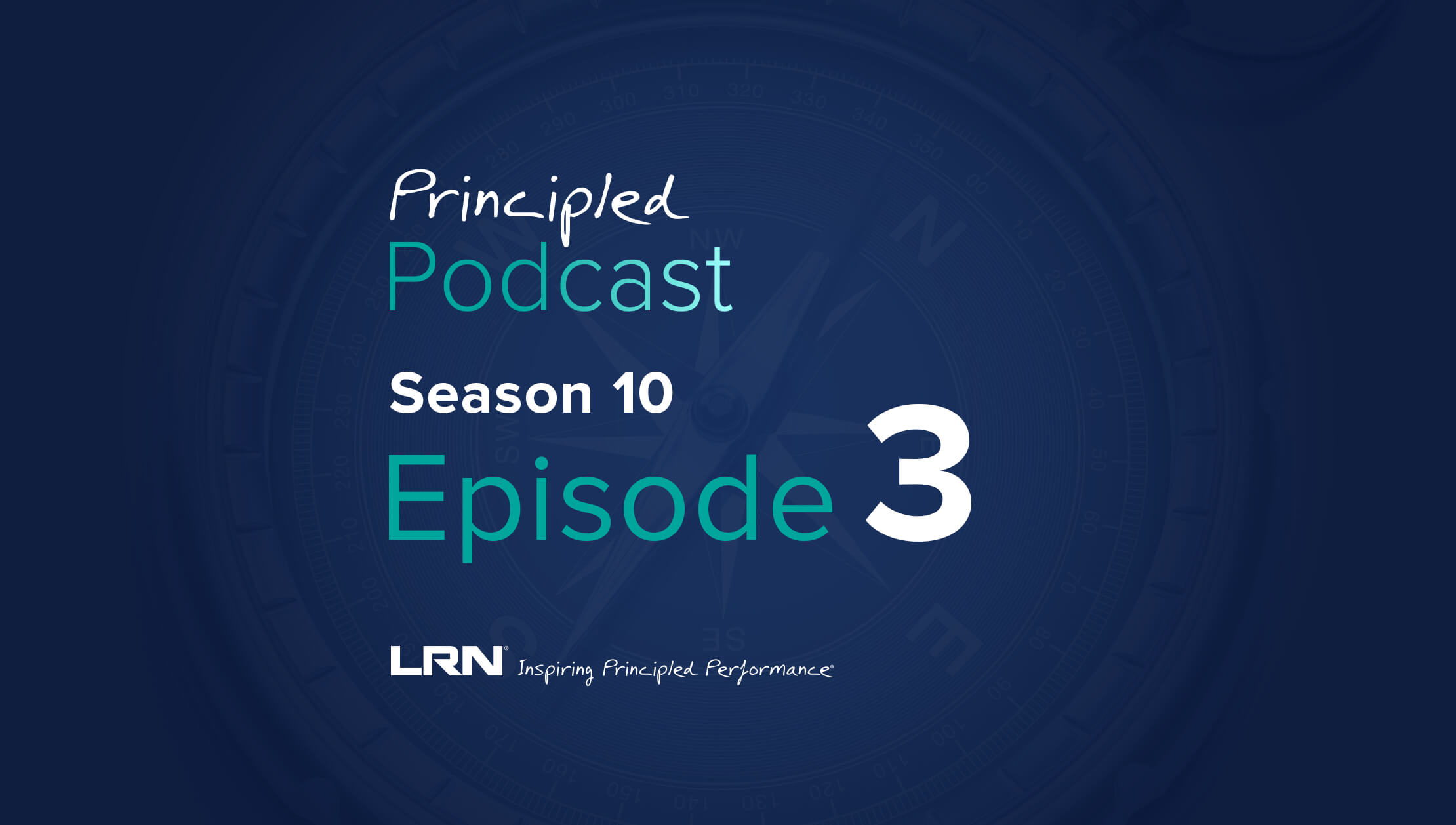At the recent ESG in Action! panel, “Implementing ESG: Employee Engagement, Communication, and Training,” hosted by Corporate Counsel Business Journal, our senior advisor Emily Miner discussed strategies for communicating, educating, and cascading ESG commitments to the global workforce. Joined by Stacey Hannah, general counsel for global ethics and compliance at Lonza Group, and Kelly Slavitt, advisory board member for Parley Pro and acting general counsel for several startup companies, the three explored ESG’s impact on employee engagement and how elevating culture and behavior makes companies—and the world—better.
What is ESG, and why does it matter?
Environmental, social, and governance (ESG) refers to the three central factors in measuring the sustainability and societal impact of an investment in a company or business. ESG continues to grow in importance for determining a variety of business initiatives.
- Investors are increasingly considering ESG metrics given direct connection with long-term business sustainability. In 2020, investors contributed $51.1 billion to sustainable funds compared with less than $5 billion five years ago.
- This year, the UNGC released a new framework to accelerate business action to help companies embrace transformational governance, a principles-based ESG philosophy that calls on organizations to be more accountable, ethical, inclusive, and transparent in their leadership and culture.
- Greater societal awareness has also influenced the rising ESG movement. There’s growing evidence that consumers prefer brands that are deemed socially responsible. Similarly, more employees want to work for companies with both a good reputation and values that align with their own.
4 tips to put your ESG strategy into action
The ethics and compliance function is uniquely positioned to operationalize companies’ environmental, social, and governance commitments. Teams can help establish oversight and monitor ways to translate ESG objectives through values and behavioral expectations for employees. Here are four tips that Miner, Hannah, and Slavitt discussed to help E&C teams bring ESG strategies to life:
- Make it relevant to what your business does. Consider how to leverage your organization’s unique expertise to do good. Can your law firm offer pro bono legal advice to the surrounding community? Can you concentrate the packaging of your goods or products to reduce your carbon footprint? If you’re a multinational organization, can you adopt a successful initiative from one region and expand it to other markets? Tying your ESG initiatives back to who and where you are can only help strengthen your overall program.
- Create a cross-functional ESG team. Because ESG encompasses a wide range of initiatives, having one department solely responsible for enforcing them might not be the most effective solution. No matter your company size, it’s important that you build a team of people who are committed to creating, implementing, and managing your ESG program. Including a dedicated member of your E&C function to each effort is key here, as they can help identify high-risk areas and prioritize which need addressing first.
- Deliver training and communications in pieces. When it comes to operationalizing ESG, Hannah and Slavitt noted that it’s beneficial to roll out training and communications in pieces over time rather than one annual initiative. In addition to creating training on ESG-specific topics via E&C, you can also:
- Frequently share ESG wins on company intranets and social media
- Highlight ESG topics throughout larger departmental meetings
- Integrate ESG into early planning for marketing and product development.
This approach allows for more ongoing, company-wide education—an essential part of ESG strategy as demands and expectations from securities, regulatory bodies, shareholders, investors, and customers continue to increase.
- Always bring it back to purpose. Whether you’re just starting to create your ESG strategy or are midstream, be purpose-driven. If you focus your program solely on appeasing investors, regulators, and customers—and not tie it back to organizational values—it will not be as successful. You can use your company purpose to help determine which areas of ESG you want to tackle first, ultimately making it easier to identify value-creation opportunities and share best practices among your departments and regions.
The key takeaway
The business of business is no longer just business. Companies that are actively working to create more inclusive, equal societies and protect the environment are seen as not only more competent but also more ethical. To understand how your E&C function can help create, implement, and manage your organization's ESG efforts, get in touch for a consultation with our Advisory team. You can also view the full ESG in Action! panel discussion here.



